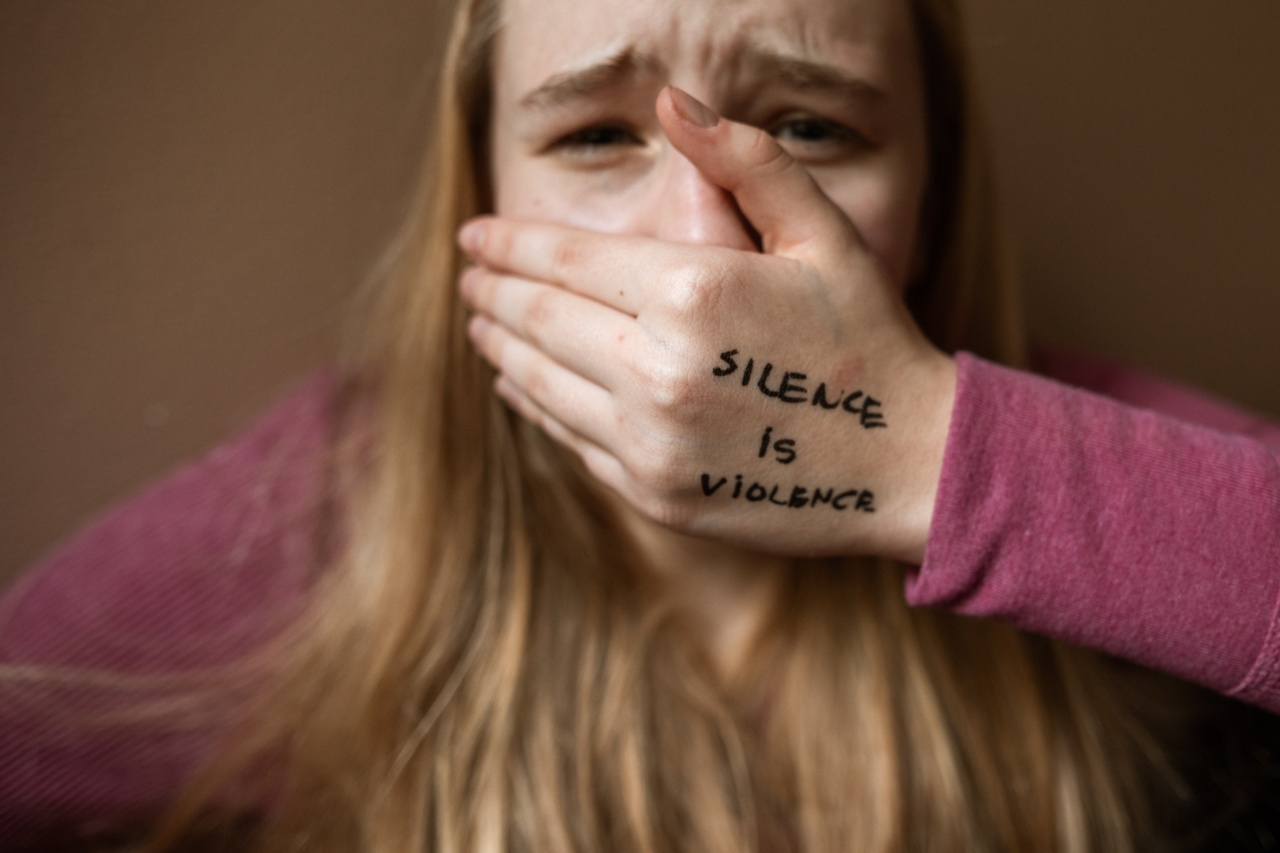Children are vulnerable and impressionable. They are like a blank slate; whatever is written on them, whether good or bad, will stay. When they are subjected to trauma and abuse, the scars may be lifelong. However, healing is possible.
Whether it’s through therapy, counseling, or support groups, children can overcome their trauma and move on.
Understanding Childhood Trauma
When a child experiences a traumatic event, such as abuse, neglect, or violence, their mental and emotional state is disrupted. Trauma can manifest itself in various ways, from anxiety and depression to behavioral issues and learning disabilities.
The impact of trauma can be severe, affecting a child’s physical, emotional, and cognitive development.
Childhood trauma is prevalent worldwide. According to research, one in four children will experience some form of trauma before their 18th birthday. While some children have a predisposition to coping with trauma, others may struggle to overcome it.
The effects of trauma can even change a child’s brain chemistry, making it difficult to regulate emotions and behavior.
Signs of Trauma in Children
Children do not always express their trauma through words, and therefore it can be challenging to identify the signs. However, the following behavioral changes may indicate that a child is experiencing trauma:.
- Increased aggression or irritability
- Anxiety or depression
- Sleep disturbances
- Withdrawal or isolation
- Poor academic performance
- Appetite changes
- Regression in developmental milestones
The Importance of Early Intervention
Early intervention is crucial to the healing process. When a child has experienced trauma, it is important to address it promptly to prevent any further damage.
Therapy and counseling can help children overcome their trauma and regain a sense of normalcy in their lives.
Children who receive early intervention are more likely to cope with their trauma and function normally both at school and in their social relationships.
Early intervention also helps to prevent any long-term negative effects of trauma, such as cognitive and emotional problems.
The Role of Therapy and Counseling
Therapy and counseling are effective forms of treatment for childhood trauma.
The primary objective of therapy is to provide a safe environment for children to discuss their experiences and emotions and to develop coping mechanisms to deal with their trauma.
Therapy aims to help children overcome their trauma and improve the quality of their lives. It also helps children to develop a positive relationship with themselves, others, and the world around them.
The therapeutic process may involve play, cognitive-behavioral therapy, sensory therapy, or exposure therapy, depending on the child’s unique needs.
Support Groups
Support groups are another form of treatment for childhood trauma. They provide children with a safe and supportive space to share their experiences and emotions with others who have experienced similar trauma.
Support groups help children to understand that they are not alone and that they can overcome their trauma.
Support groups also help to reduce feelings of isolation and shame, which are common among children who have experienced trauma.
They provide children with a sense of belonging, and this can help to boost their self-esteem, improve their social skills, and develop healthy relationships with others.
Healing is Possible
Healing from childhood trauma is possible through therapy, counseling, and support groups. Children who receive early intervention are more likely to overcome their trauma and regain a sense of normalcy in their lives.
While healing may take time, with the right support and treatment, children can succeed in overcoming their trauma and lead fulfilling lives.
Conclusion
Childhood trauma has a significant impact on a child’s physical, emotional, and cognitive development. The effects of trauma can last a lifetime, affecting everything from relationships to cognitive abilities.
However, healing is possible through therapy, counseling, and support groups. Early intervention is crucial to prevent long-term negative effects of trauma, and it provides children with the opportunity to cope with their trauma and function normally in school and social relationships.
Children are resilient, and with the right support, they can overcome childhood trauma and lead happy and fulfilling lives.































